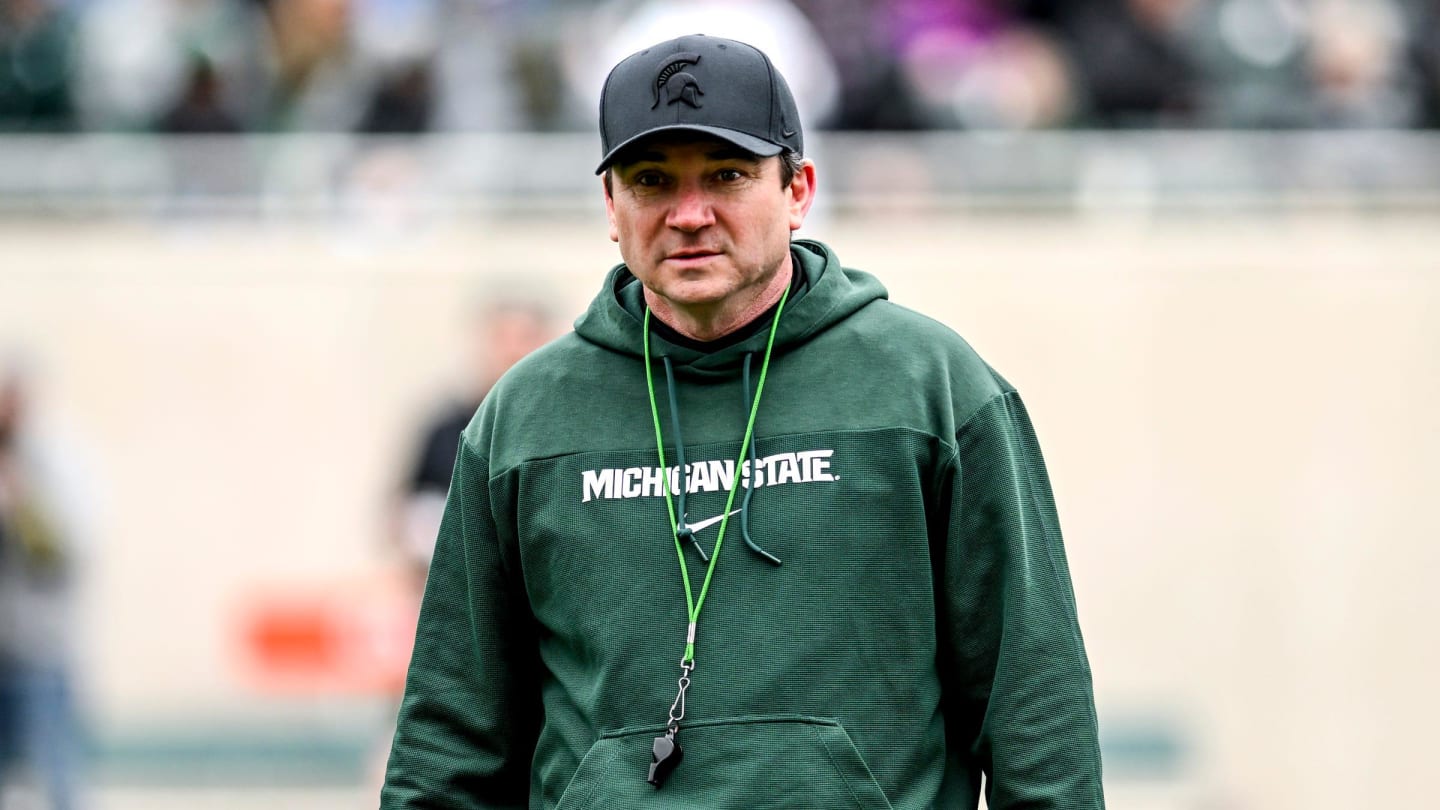States erect roadblocks to invasive carp

This threat is considered imminent. While no live bighead, silver or black carp have been found in the Great Lakes, given their continued spread in the Mississippi Basin, there is no doubt that these invasive fish would thrive in the Great Lakes region, particularly in places like Saginaw Bay and Lake Erie, as well as at the mouths of rivers like the St. Joseph or the Grand.

Silver carp in the Illinois River jump in response to electrofishing. Photo courtesy of U.S. Fish and Wildlife Service.
On July 1, Governor Gretchen Whitmer announced that Michigan signed an agreement with the U.S. Army Corps of Engineers and the state of Illinois to jointly fund construction of the Brandon Road Interbasin Project near Joliet, Illinois, to stop the advance of these invasive fish. The groundbreaking agreement with the Biden administration releases $274 million in federal funds and $114 million in state funds for the first of three phases of the $1.15 billion Great Lakes Protection Project.
“Today’s agreement will help us get the important Brandon Road project started as soon as possible,” said Governor Whitmer. “The Great Lakes are the beating heart of Michigan’s economy, and Brandon Road will help us protect local communities and key industries, including fishing and boat building, that support tens of thousands of good-paying jobs. I am grateful to Governor (JB) Pritzker of Illinois, the Army Corps of Engineers, and our champions in Congress for their long-term partnership on this monumental task. Together, we will get the job done so we can protect our lakes and drive economic growth for generations to come.”
According to a risk assessment by the United States, Canada and the Great Lakes Fishery Commission, as few as 10 male and 10 female common carp could form a reproducible population in the Great Lakes. The report concluded that the greatest risk for invasive carp entering the Great Lakes is the Chicago Area Waterway System.
Until now, a series of three electric barriers formed the last line of defense between the carp and the Great Lakes.
The plans for the Brandon Road lock and dam include a system of structural and non-structural control measures at a critical bottleneck to keep invasive carp out of the lakes.
About the intruders
Bighead and silver carp are long-lived fish that reproduce prolifically and can grow to weights of up to 45 kilograms. They filter plankton from the water column and eat fish larvae. Due to their size and abundance, bighead and silver carp compete directly with native species, especially in early life stages.
Each year, the U.S. Fish and Wildlife Service collects environmental DNA (eDNA) samples to look for evidence of invasive carp in flooded estuaries and rivers along the Great Lakes. In Michigan, they are looking in carp-like habitats in Lake Michigan and Lake Huron. This monitoring is part of an early detection effort that would allow fisheries managers to respond.
In places where invasive carp are widespread, local fish populations and recreational opportunities suffer. Invasive carp could significantly alter the Great Lakes ecosystem, impacting the $7 billion fishery, the $16 billion boating industry, other tourism-based industries, property owners, recreationists, and others who depend on the Great Lakes and their tributaries.
About the roadblock
The Brandon Road project incorporates multiple technologies – an electric barrier, underwater sound, an air bubble curtain, a flushing lock and more – in a newly constructed channel designed to prevent the invasive movement of carp while allowing barges to continue to travel through the Chicago area waterway system.
Michigan joined Illinois as a non-federal sponsor, providing an initial $8 million for project planning and development. The Michigan Department of Natural Resources (DNR) has participated in planning discussions for three years and is part of the process to ensure this important project provides the most efficient and effective approach to protecting Michigan’s Great Lakes and inland waters.
Fighting together
Michigan’s experience with aquatic invasive species proves that prevention is far more effective and less costly than trying to control them in the Great Lakes.
The DNR and the Michigan Department of Environment, Great Lakes and Energy are urging Michigan residents to be vigilant and help in efforts to keep invasive carp out of our state’s waters by reporting unusual fish and knowing bait species. Identification materials are available, and an online reporting system is available at Michigan.gov/InvasiveCarp.
Adapted from an article in the Michigan State of the Great Lakes Report 2023 by Tammy Newcomb, Michigan Department of Natural Resources.



